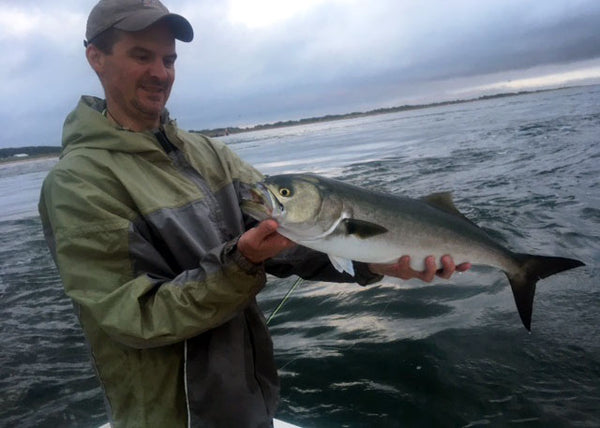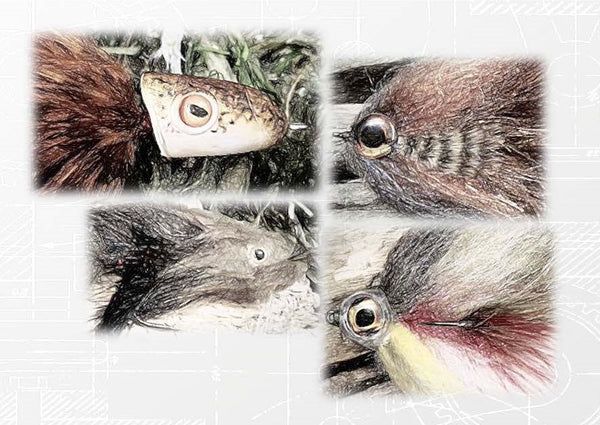Flymen Blog
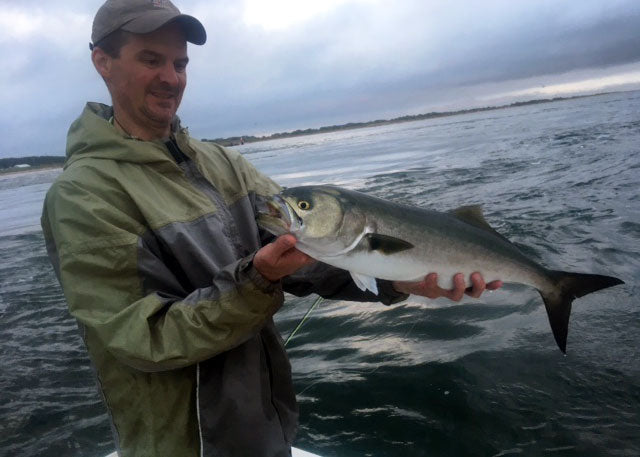
Bluefish (love them or hate them) are a great saltwater species to target with a fly rod.
While they do not frequent as wide of a variety of habitats as striped bass do, they have their own eccentricities that make them unique. As an angler, playing upon these eccentricities is part of the strategy and fun.

Enter your email for the chance to win a Flymen Flies + Tacky Fly Box + Hareline prize pack ($160+ value)
5 prize packs = 5 chances for you to win!
Enter today with the form on the blog page! Sweepstakes end on Friday, March 16 at 12 P.M. EST.
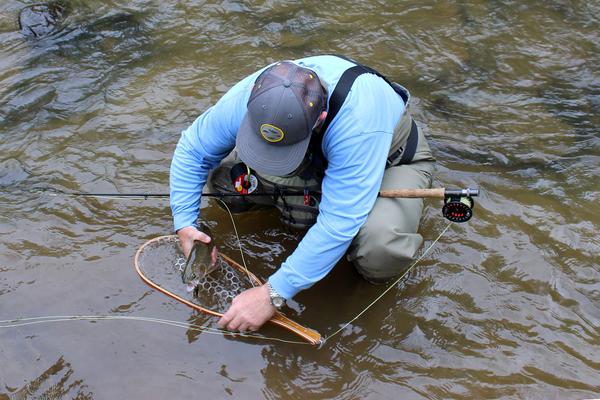
Varying your technique and presentation to match the fishing conditions at hand is key to consistently catching fish.
The dictionary defines the phrase, “One trick pony” as “a person or thing with only one special feature, talent, or area of expertise."
I see fly anglers all the time who are one trick ponies — for example, only fishing with dry flies or dry and dropper rigs no matter what the stream conditions are. Even guys who nymph fish can get caught up in only euro nymphing or only indicator nymphing.
We've all been guilty, myself included, of sticking to a favorite technique or fly for too long when it’s not producing.
Fly tying season is upon us.
I don't know about you, but before I started tying flies full time I would get super excited at the beginning of fly tying season only to have my excitement fade into disappointment heading into spring when the fishing started to get going and I hadn't even tied 10% of the flies I planned on tying.
It doesn't have to be this way for you.
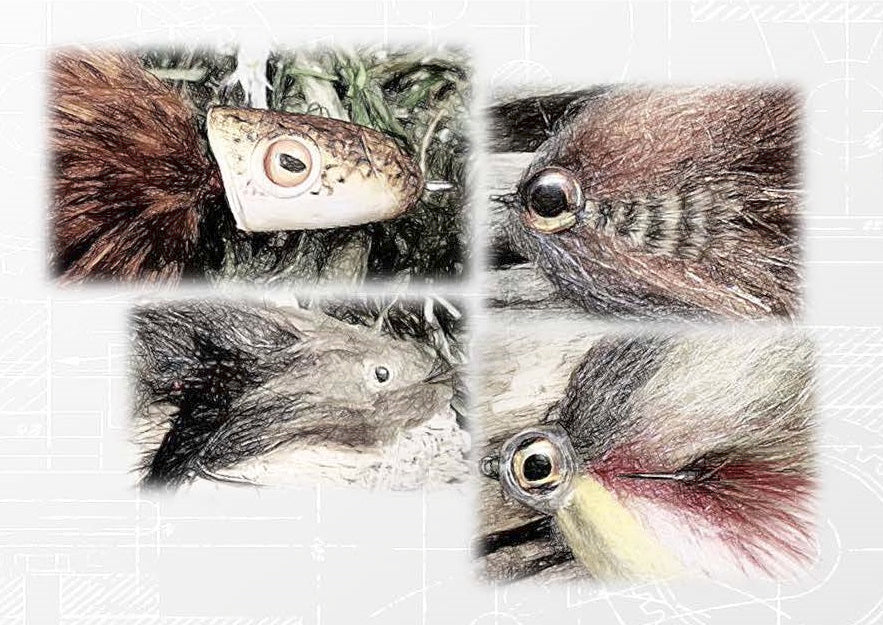
While I’m always excited to catch any fish regardless of size, the level of excitement goes up exponentially when casting for predatory fish like musky and pike.
There is something seemingly primal about these fish — maybe it’s all their teeth in that crooked grin. There are a couple of puzzles to figure out when designing and tying big flies for big fish.
To get bigger fish interested in your flies, they have to be of sizable equity to the fish. In other words, you throw a big fly to a big fish because they need a bigger meal to sustain their weight. Smaller patterns will more often than not get the results that a larger fly will, especially in waters known to house bigger fish.
Big flies can often be mistaken for a lot of materials stacked onto a hook. The more materials you tie on a hook, the heavier it will be. With some musky flies being a foot long, you don’t want your arm to fall off halfway through a fishing trip.


